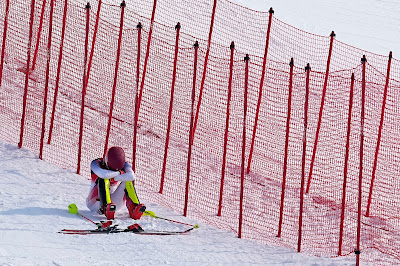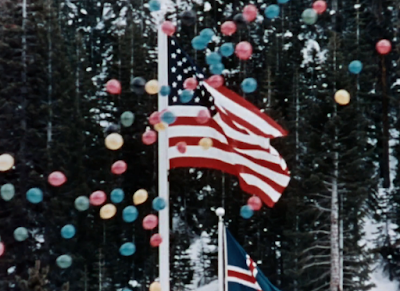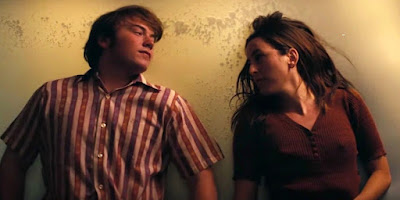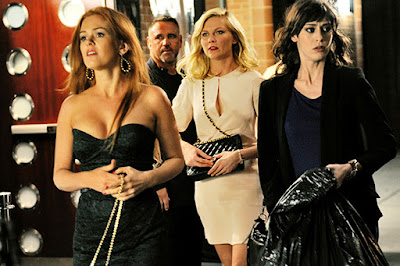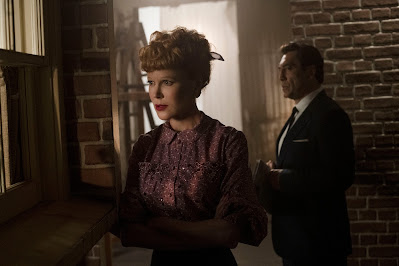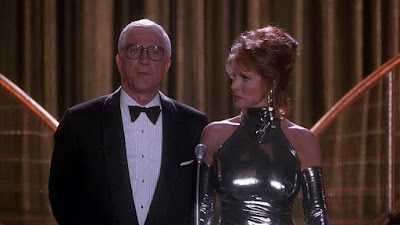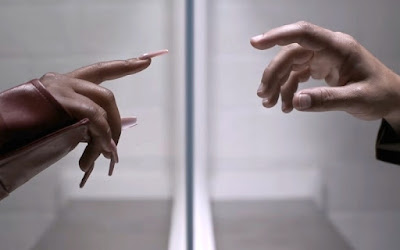“There’s an old saying in show business,” Andy Dwyer once opined, “the show must go wrong. Everything always goes wrong, and you just have to deal with it.” He was, of course, merely misinterpreting the old saying ‘the show must goes on’, but in his way he might well have been referring to the Oscars, the age-old celebration of motion pictures that has never, not once, not a single time in its 94 years, had a show that went right. That’s because no matter what they get right, they get so much more wrong, and whatever is wrong is what people have always wanted to talk about the next day.
The first couple decades I watched the Oscars, the 90s and the Aughts, there seemed to be a generally agreed-upon social contract that the ceremony would be too long and too stuffy. Oh, there were changes year to year, a different host or a new theme, but those were cosmetic; the spirit and the structure endured. And the viewer and critic complaints during and after were all part of the show in the same way that complaining about referees goes hand-in-hand with watching a sporting event. Now, however, the Oscars have been gripped by the continuous improvement culture of the Instaeverything Twenty-Tens. Those complaints are no longer an ingredient of the Oscars, they are interpreted as feedback, engendering an ongoing obsession with making a big dumb awards show more efficient.
That efficiency compulsion manifested itself once again last week when the Academy of Motion Pictures and Sciences announced this year’s telecast at the end of March would shunt eight awards to off-air positions, awarded before the telecast while most of the attendees presumably are still on the red carpet and to be edited in later, including Best Film Editing, which seems to be a delicious joke that went right over the galaxy brained Academy’s head. Mostly no one liked these announced changes; pretty much everyone complained about it. I’d like to claim I will reserve judgement until I see the final product, but why would I? It will be awful! It always is!
To wit:
“Hollywood presented its lite Oscars on Monday evening, a trimmed-down version of the usual affair. The evening’s traditional dawdling was kept to a minimum, as were jokes, idle remarks and lengthy acceptance speeches. And it all went to show that people - talkative, time-wasting, inefficient people - were never the Oscar show’s problem in the first place. If anything, they gave it a personality that this year’s streamlined program lacked.” – The New York Times, 1985
“There’s no magic like movie magic. Even ‘Nightline’ covered the Oscars Wednesday night. Ted Koppel doesn’t do that for the Emmys. But Wednesday night’s show about the movies – the Academy Awards telecast on ABC – was surprisingly devoid of magic. It was on the musty side, and compared with last month’s Grammycast, absolutely moribund.” – The Los Angeles Times, 1989
“The show was determined to honor women as sanctimoniously as possible, provided it could retain the usual quota of dancing girls. And the prevailing tone of condescension was established early on.” – The New York Times, 1993
“This Academy Awards made for a tedious evening by any standard. The show seemed to have already taken place a long time ago, in a galaxy far, far away; what reached us was the light of faded stars.” – Slate, 1998
“I remain addled by lack of sleep and troubled by self-loathing for once again having sat sluglike in front of the Oscars for all those pointless hours. And yet who would have missed Whoopi’s last words? Thanks so much, girl, for giving the billion-person worldwide viewing audience permission to make movies. I’m sure Eisenstein, Renoir, Bergman, Kurosawa, Fellini, and so on were all really hobbled by the lack of your imprimatur. Hollywood’s self- absorption has no bounds.” – Slate, 1999
“Does anyone else feel that they’ve been inoculated against Oscar fever? For your consideration: The Academy Awards have jumped the shark.” – Slate, 2007 (Just now in 2007 the Oscars have jumped the shark? Had Slate not been reading its own coverage?)
“Somewhere in New York, a huge weight has been lifted from David Letterman’s shoulders. As Sunday night’s Academy Awards began, Hugh Jackman’s opening number (pardon me, but did he sing the words ‘pubic hair’? At the Oscars?) has surely obliterated all memory of the Uma-Oprah thing. Not to mention taking years off the lives of the poor folks preparing to launch publicity for ‘X-Men Origins: Wolverine.’ They can only hope those teenage boys were too miffed that ‘Iron Man’ wasn’t nominated to watch.” – The Los Angeles Times, 2009
“The event was, in several senses, a corporate retreat, a gathering-in away from any edge of new ground – a quest for invulnerability in the age of the instant Internet gotcha, even at the risk of an air of mortal stasis.” – The New Yorker, 2014
“The fact that it took so long for the Oscars to get to its grand, bizarro finale speaks directly what needs to be fine tuned and fixed about the telecast.” – Vulture, 2017
“It was, in most ways, settling back into being its normal, boring, pre-Moonlight self. The ceremony was too long, as always, and there were too many bits and too much huffing and puffing over the magic of movies, as always, and the night’s big winners could easily have been improved if the Academy’s choices had just a dash more flavor and risk — again, as always.” – The Ringer, 2018
“Perhaps next time more thought will be put into actually making this a good television event. You can trot out all the big-name actors or directors you’d like, but nobody at home paid $11 to watch. The Academy Awards may be about movies, but it’s a TV show. Nobody feels any regret walking out or snapping off the set if you don’t entertain them. A good host is invaluable. This year, the Oscars hit a new low. Like it fell into a hole.” – The Hollywood Reporter, 2011
“The hedged-bets, have-it-all ways ceremony made Sunday night’s one of the longer and most self-conscious Oscars imaginable. Even the music played to expel overly loquacious winners was arch: the theme of Jaws. But it wasn’t the acceptance speeches that prolonged the night; there were too many stars doing fatuous presentations. And by the time Michelle Obama made a surprise cameo, via satellite, to announce the best picture, it was almost midnight and too late to revive a sagging evening.” – The New York Times, 2013
“The event was, in several senses, a corporate retreat, a gathering-in away from any edge of new ground – a quest for invulnerability in the age of the instant Internet gotcha, even at the risk of an air of mortal stasis.” – The New Yorker, 2014
“The fact that it took so long for the Oscars to get to its grand, bizarro finale speaks directly what needs to be fine tuned and fixed about the telecast.” – Vulture, 2017
“It was, in most ways, settling back into being its normal, boring, pre-Moonlight self. The ceremony was too long, as always, and there were too many bits and too much huffing and puffing over the magic of movies, as always, and the night’s big winners could easily have been improved if the Academy’s choices had just a dash more flavor and risk — again, as always.” – The Ringer, 2018








